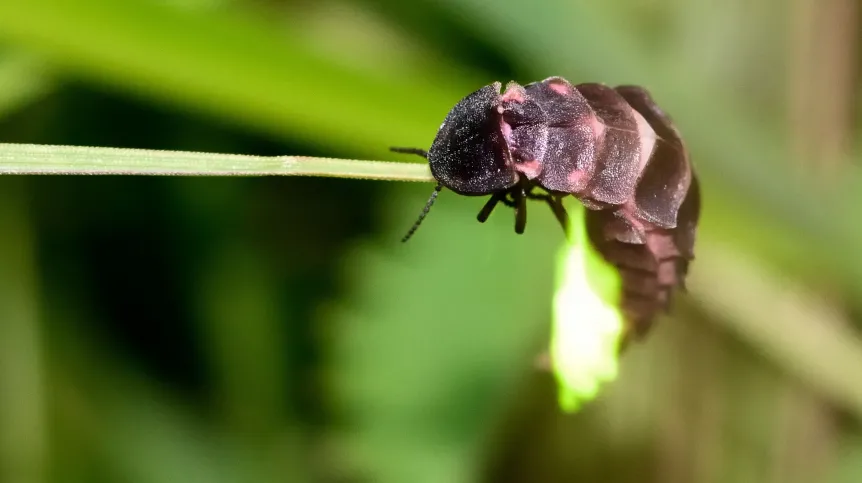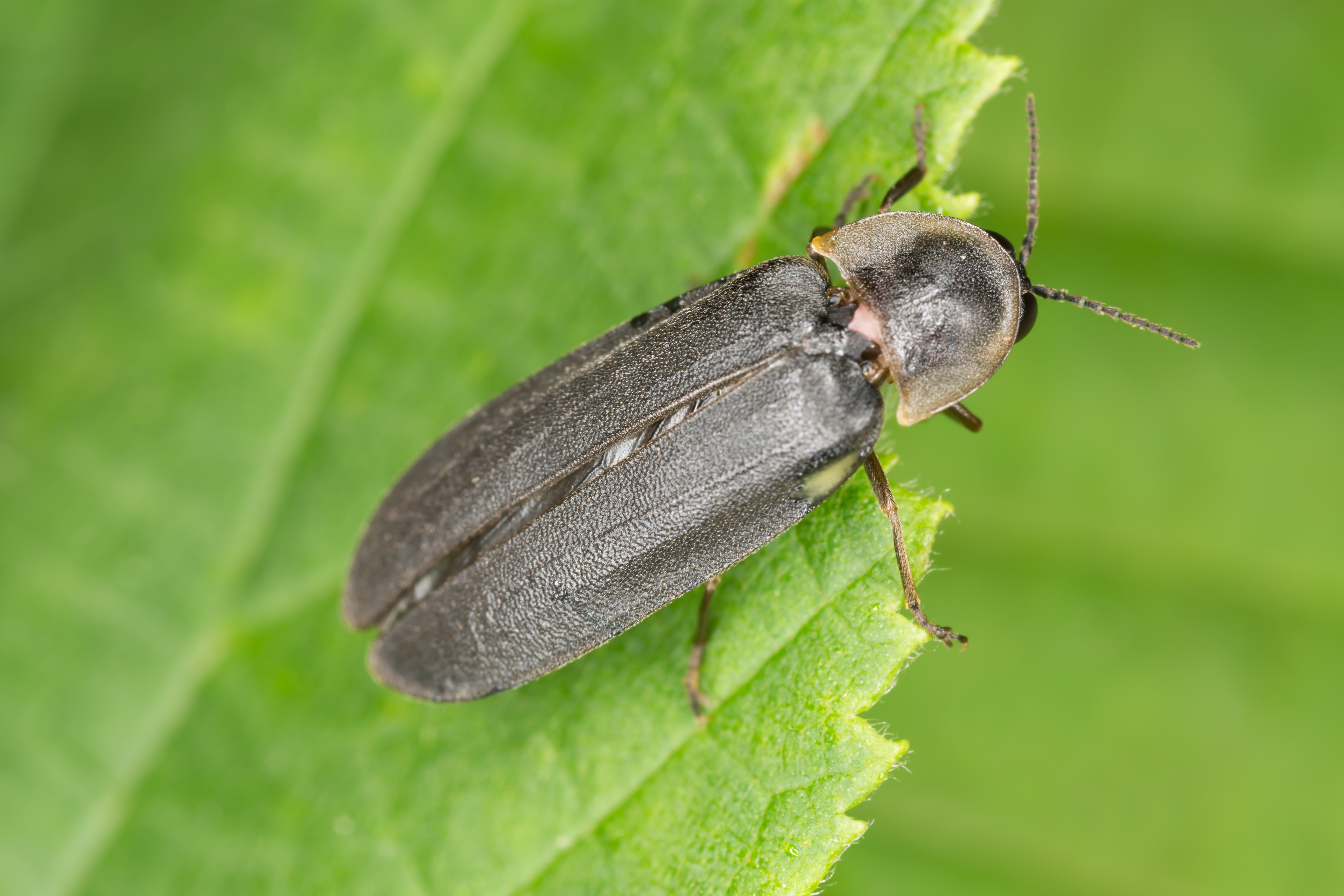
Firefly populations in Poland have dropped by 30 to 70 percent over recent decades raising concerns that the insects could soon disappear entirely, says naturist Mikołaj Siemaszko.
He added that the current generation may be the last to witness the characteristic glow of fireflies.
“Now they can only be observed in a small number of spots. If the current rate of decline continues, they could virtually disappear within a few decades,” Siemaszko told the Polish Press Agency.
Once a familiar sight on warm summer evenings across meadows, parks, gardens, and forest edges, fireflies are becoming increasingly scarce. The decline is attributed primarily to human activity — especially habitat destruction and light pollution.
Fireflies, or glowworms, belong to the beetle family Lampyridae and produce light through bioluminescence, a chemical reaction involving luciferin and luciferase in the presence of oxygen. This glow mainly serves reproductive purposes, with females using it to attract males.
“Light pollution — for example, from decorative garden lights or light bulbs on facades — causes males to mistakenly fly towards lamps instead of females, losing the chance to find a mate. This directly impacts their reproduction,” Siemaszko explained.
Poland is home to three species of fireflies: the common glowworm (Lampyris noctiluca), which is the most widespread, and two rarer species — the lesser glowworm (Lamprohiza splendidula) and the short-winged firefly (Phosphaenus hemipterus). All species have been affected by population declines.
“Depending on the region, the decline ranges from 30 to even 70 percent. Unfortunately, scientific data is quite scarce, as few researchers in Poland study these insects,” the naturalist said. .
Despite limited research, the causes behind fireflies’ decline are well understood. Besides excessive artificial lighting at night, severe habitat loss poses a major threat.
“They need moist meadows, forest edges, and wild gardens — natural places that are as untouched by humans as possible, and unmowed. Unfortunately, many such wastelands have been converted for development or are intensively mowed and drained,” Siemaszko said.
Another factor is the widespread use of chemicals. “Insecticides used in both agriculture and home gardens are not selective, they affect all insects. Mosquito and aphid treatments also kill fireflies and their larvae, essentially devastating entire local ecosystems,” he added.

Siemaszko stressed that urgent action is needed to prevent fireflies from disappearing entirely.
“We can limit nighttime lighting around our homes: turn off unnecessary lights or use those with motion sensors instead of constant lights. Avoid decorative lights and use warm colours instead of cold ones. It’s also worth leaving parts of the garden unmowed, which will benefit not only fireflies but also butterflies, wild bees, and many other insect species. Do not drain damp areas, as fireflies love moisture. And finally, limit the use of chemicals: herbicides, pesticides, and artificial fertilizers,” he said.
The naturalist added that the decline of fireflies is not limited to Poland. “The declining number of fireflies is a phenomenon observed also outside Poland, due to the same factors. This decline is consistent with the general trend of declining populations of many insect groups, including wild bees and butterflies. It is estimated that approximately half of wild bee species in Poland are rare or endangered,” he said.
PAP - Science in Poland, Katarzyna Czechowicz (PAP)
kap/ agt/ jpn/













